
If you’ve got a Red-Eared Slider Turtle, one of the first things you have to do is set up an appropriate tank. This involves choosing the right size and material for the tank, as well as setting it up with substrate, plants, hiding spots, and basking areas.
Are you looking for the perfect home for your Red-Eared Slider Turtle? Setting up a tank that offers the right environment is essential to creating a safe and comfortable space for your turtle. In this blog post, we’ll be discussing how to set up a tank for a red-eared slider turtle and provide tips on how to keep it maintained. Read on to find out more!
Importance of Having the Right Environment for a Red-Eared Slider Turtle
The environment that you create for your red-eared slider turtle is very important to ensure it can remain healthy and safe. Fresh water that is filtered and replaced daily is the most important factor in the environment, as this will promote a happy and clean tank.
Other components to consider including in your red-eared slider turtles home are appropriate basking areas, hiding spots, sunken wood pieces or logs, rocks of all shapes and sizes, some plants for decoration, and Lastly, access to UVB lighting.
The combination of these elements provides an adequate environment for a red-eared slider turtle to grow and remain healthy. Moreover, all of these factors should be taken into consideration when creating the right environment for a red-eared slider turtle.
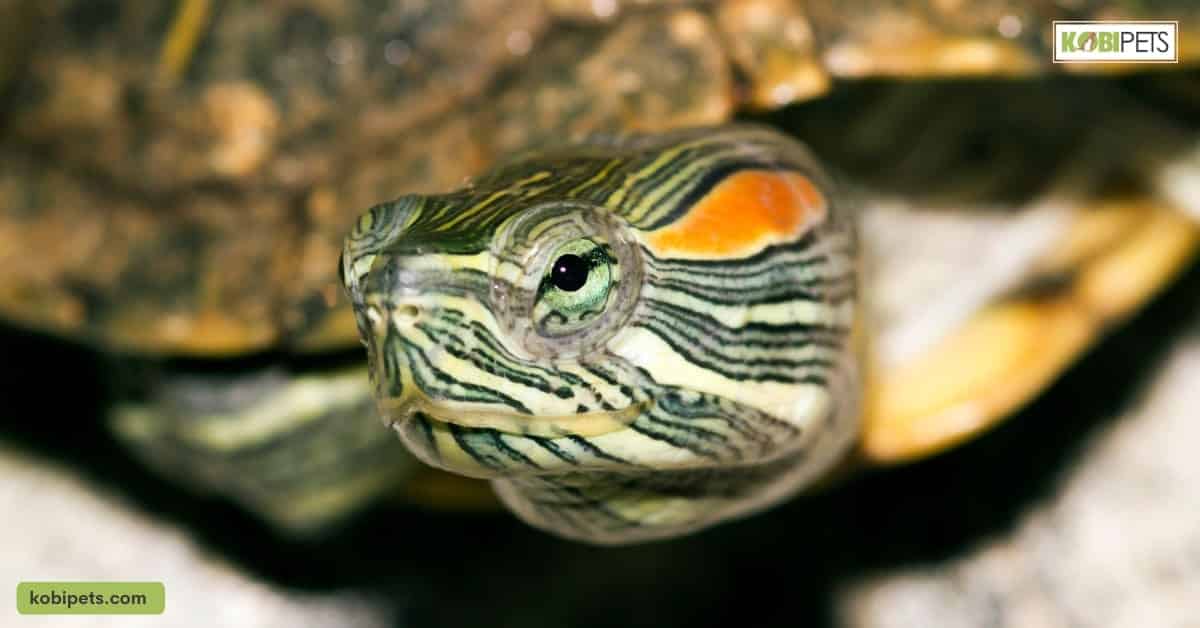
Choosing the Right Tank
Size of the tank
When setting up a tank for a red-eared slider turtle, the size of the tank is an important consideration. The larger the environment, the better it will be for your pet – providing them with more space to swim and explore. Ideally, the tank should have around 40 gallons of water per inch of shell length and should be long enough to allow adequate swimming space.
Aquatic turtles also need plenty of land area (one-third of the tank should be land) and basking areas as well as secure places to hide. With adequate space, your turtle will thrive in their new environment!
| Age/Size | Minimum Tank Size Needed |
|---|---|
| Hatchling (less than 2 in shell length) | 10 gallons per inch of shell length |
| Young Adult (2-4 in shell length) | 20-30 gallon tank |
| Adult (over 4 in shell length) | 55-gallon tank or larger |
| 125 gallons for two adults |
Material of the tank
Setting up a tank for a red-ear slider turtle is an exciting process, but the material of the tank is an important decision to make. It is best to use a tank made of either glass or acrylic, as they are better able to hold heat and humidity. Tanks made of certain metals can rust and leach dangerous chemicals into the water, so these should be avoided.
Also, when deciding on material, sizes should also be considered. Ideally, the larger the size of the tank, the more comfortable environment it will provide for your turtle. Ultimately it is important to choose a sturdy tank that will last for years and will provide your turtle with enough space to swim comfortably.
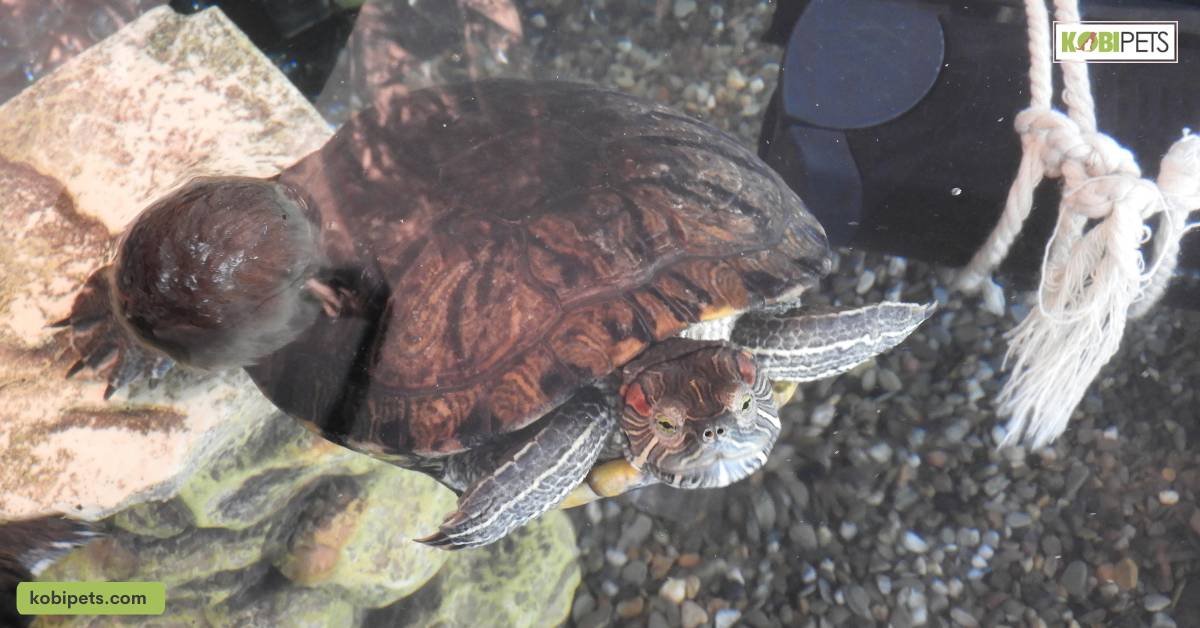
Lighting and heating requirements
When setting up a tank for a red-eared slider turtle, lighting and heating are two of the most important factors. Failing to provide sufficient heat and light can lead to a variety of health issues.
Turtles require basking lamps that constantly provide intense UVB light that mimics the sun, as well as supplemental heating lamps to maintain water temperatures between 75°F and 85°F for optimum health and activity. Basking platforms kept warm by incandescent lighting are also important to aid in digestion and help boost metabolism.
Good ventilation is needed for air circulation around the tank as well, so make sure to keep any lights far away from where it could be blocked by any tank lid or nearby furniture. Keeping these considerations in mind will ensure your red-eared slider turtle thrives in its new environment.
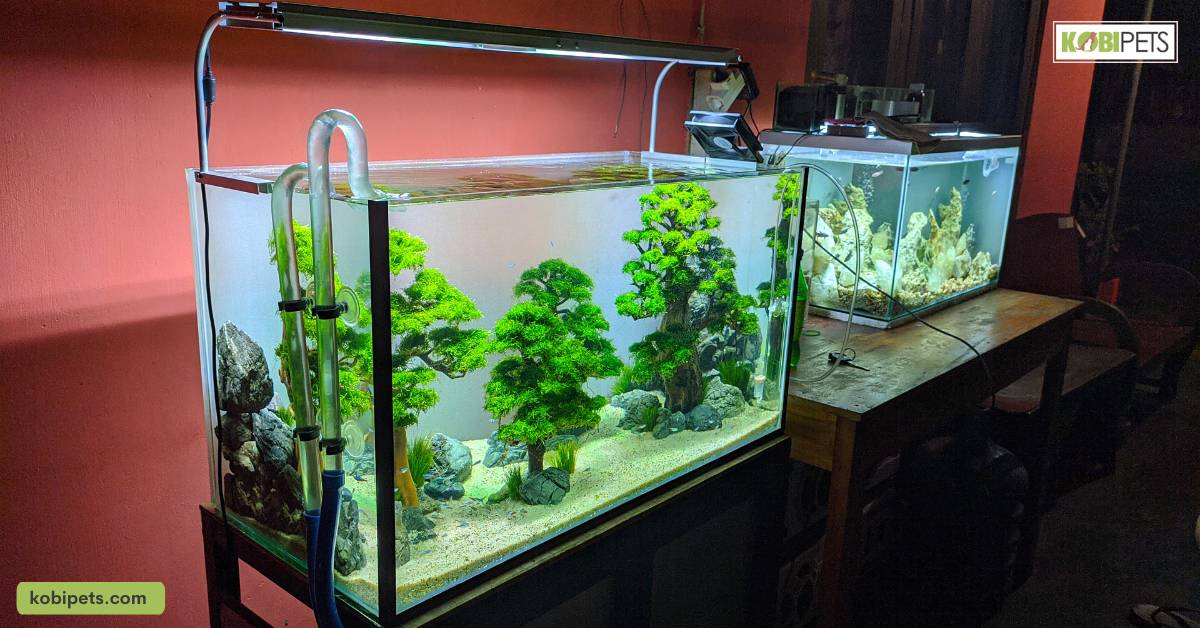
Filtration system
When setting up a tank to house your red-eared slider turtle, one of the most critical elements to include is a filter. A filtration system can ensure that the water in your tank stays pristine and free from harmful bacteria. While there are several types of filters available on the market, hang-on-back filters, canister filters, and power filters are all great options for keeping your red-eared slider’s habitat clean.
Consider the size of your tank when purchasing a filter – larger tanks need more powerful filtration systems – as well as routine maintenance requirements and water flow preferences before committing to any particular model. With this essential piece in place, you can rest assured that your red-eared slider has a clean home in which it will thrive.
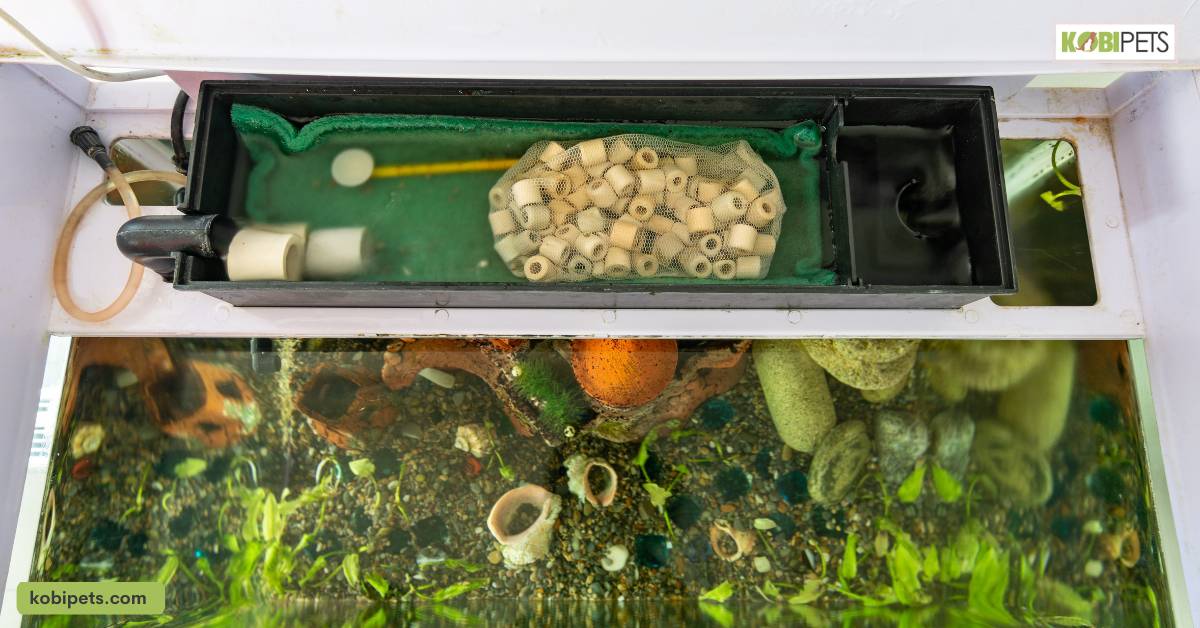
Setting Up the Tank
Adding substrate
Adding substrate to a tank for a red-eared slider turtle is an important step in providing it with the right environment. Substrate materials should be chosen carefully, as different substrates have different implications for water quality, bio-filtration, and the turtle’s overall health.
Popular substrate options range from river stone to aquarium gravel, but the ideal choice depends on the turtle’s size and activity level. Generally, adult turtles require more robust gravels compared to hatchlings due to their size and strength. Further, some substrates are more natural looking than others.
It is suggested that opting for darker gravels will make the bottom of the tank appear more natural for adult turtles that may bury themselves in hiding spots at times. Ultimately, it is important to pick a substrate that will both provide protection for any live plants and also offer adequate drainage in order to maintain the water cleanliness of your turtle’s home.
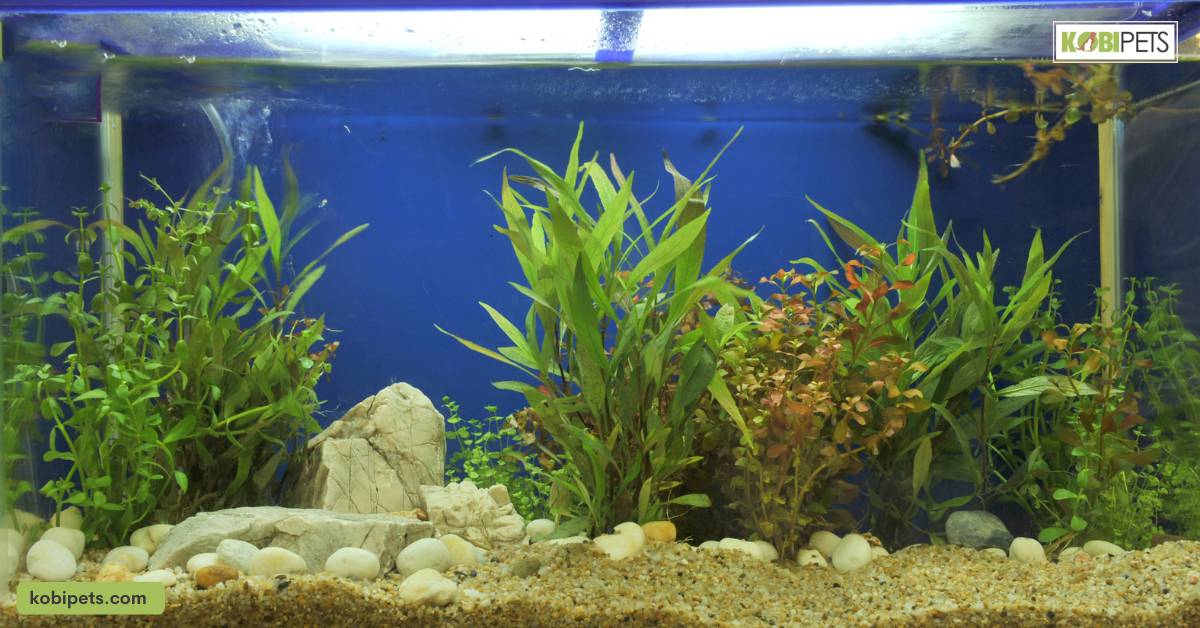
Placement of hiding spots and basking areas
When setting up a suitable habitat for a red-eared slider turtle, the placement of its hiding spots and basking areas should be carefully considered. Hiding spots are essential to provide a sense of security for the turtle and help reduce stress levels.
Basking areas, which can be created from rocks or pieces of driftwood, provide it with the ability to rest close to the surface of the water and take in warm rays from a source of light. They offer ideal soaking opportunities and help keep the turtle healthy.
Choosing the right locations within the tank is important; ideally, hiding spots should be placed further away from the basking area so that when it’s time to relax in its hideaway, there are no disturbances nearby.
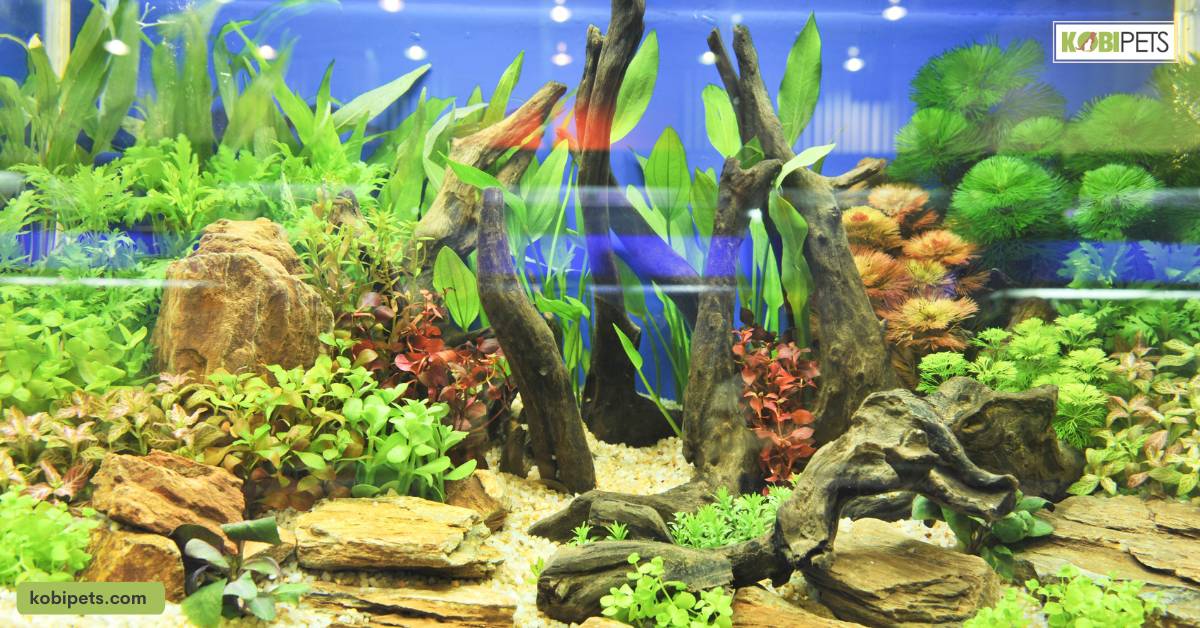
Adding plants
When setting up a tank for a red-eared slider turtle, adding plants can be an ideal way to make their home more natural and visually appealing. There are several types of live aquarium plants compatible with turtle tanks that provide nutritional benefits, act as hiding spots or sunbathing platforms, and even help keep the water clean.
Plants like Anacharis Elodea, Dwarf Sagittaria, Java Fern, and Hornwort are just some recommended varieties for tanks shared by turtles and fish. All live plants should be checked for any pests prior to installation. However, proper lighting conditions should be established for the healthy growth of the selected species.
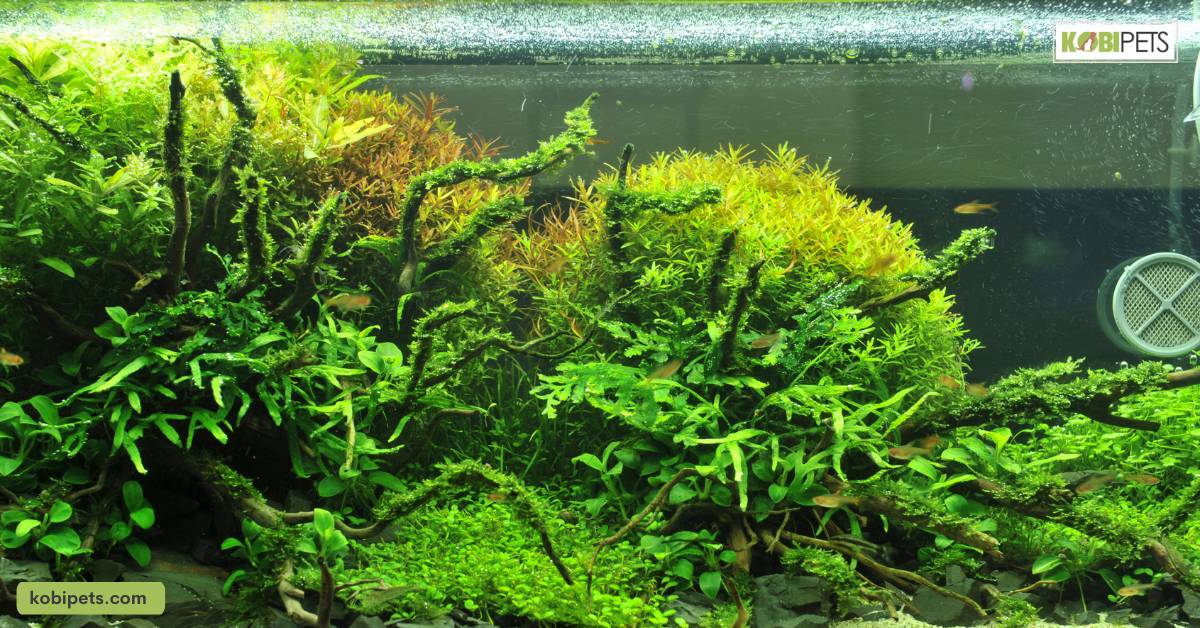
Filling the tank with water
It’s important to understand the process of filling your tank with water correctly when setting up a tank for a red-eared slider turtle. You will need the right supplies, such as a water filter and an appropriate size hose or pipes.
After plugging in the filter, you will gradually add 5-10 gallons of dechlorinated water into the tank. To make sure that your turtle is comfortable, keep an eye on their behavior during this process.
Check to make sure that they’re not afraid by watching out for signs of stress like scratching themselves against decorations or attempting to escape. When adding more than 10 gallons of water to the tank, be careful not to fill it up too quickly because it could potentially scare your turtle away.
When you are finished adding the water, monitor the temperature and adjust accordingly. With careful consideration given during this process, you can easily set up the perfect tank for your red-eared slider turtle!
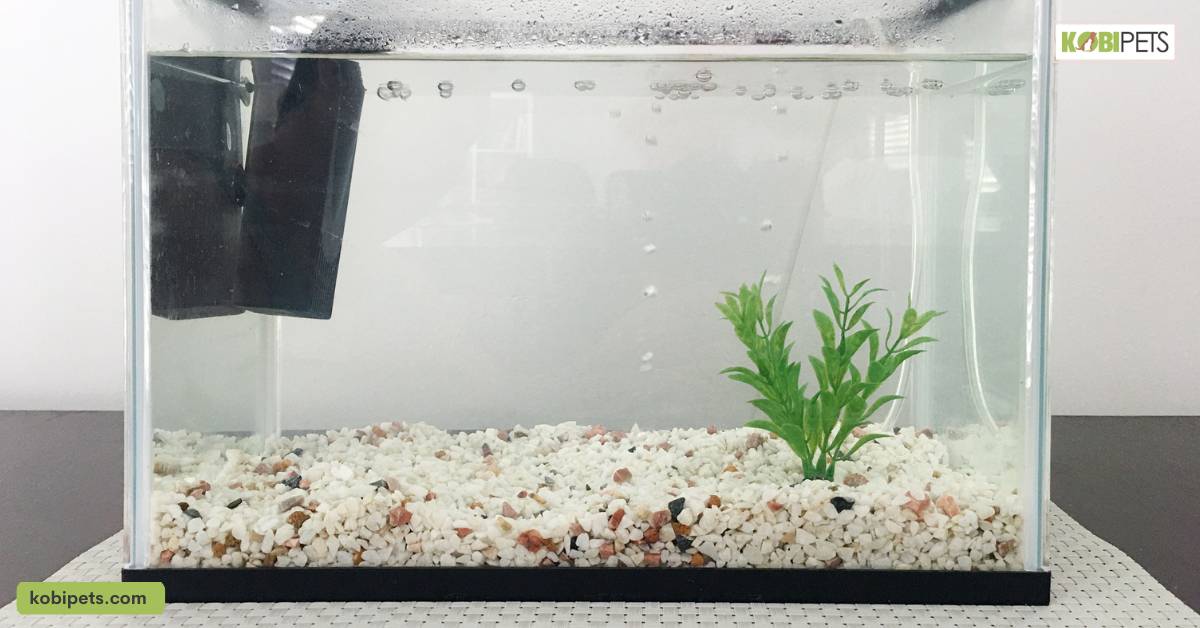
Maintaining the Tank
Cleaning the tank
Setting up an aquarium for a Red-Eared Slider Turtle is no easy feat. Regular and thorough cleaning is essential to maintain the tank in good condition, but planning the initial setup can be time-consuming and tedious. You should make sure you have a suitable tank located away from any areas where it would receive direct sunlight.
This is to ensure the tank’s temperature remains stable. The ideal conditions for your turtle include both land and water surfaces, fine gravel or sand as a substrate, plenty of floating logs and rocks for basking and hiding, plus filtration and lighting systems tailored to their needs.
Be sure to clean debris from the surface of the water regularly so bacteria don’t settle in and taint the habitat. If you put in the right amount of effort at the start, future cleanings should remain manageable going forward.
When done consistently, you’ll be rewarded with a healthy aquatic environment for your pet turtle that will encourage its natural behaviors!
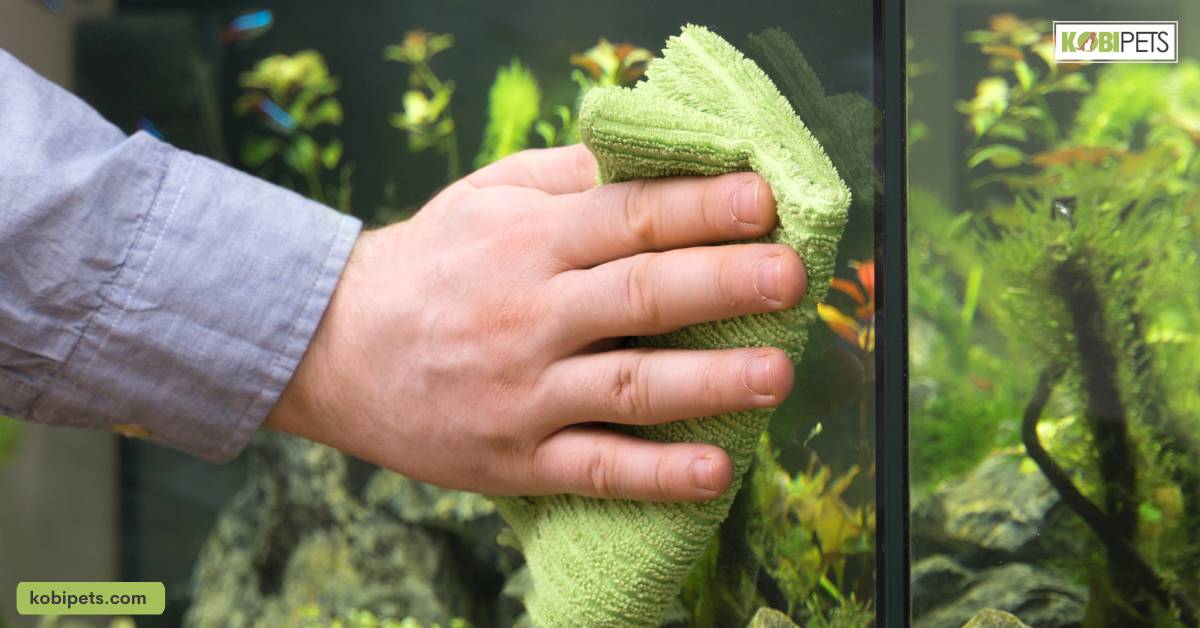
Feeding the turtle
Setting up a tank for your red-eared slider turtle is not something to be taken lightly. This new addition to the family needs its own home, and providing it with a safe and healthy environment is essential for its overall well-being.
To begin, you will need to consider proper lighting and temperature, as well as having the appropriate filter installed in the tank. Additionally, feeding your turtle is an important part of the setup process. It’s best to start feeding your turtle with a commercial diet that contains optimal levels of nutrients for maintenance and growth.
Insects, greens, processed foods, and other forms of nutrition can also be used as dietary supplements. The key is to ensure that every meal is balanced and offers your pet the essential vitamins and minerals it needs.
Be aware that overfeeding can lead to serious health issues; twice per week should provide enough nourishment while still maintaining cleanliness in the tank.
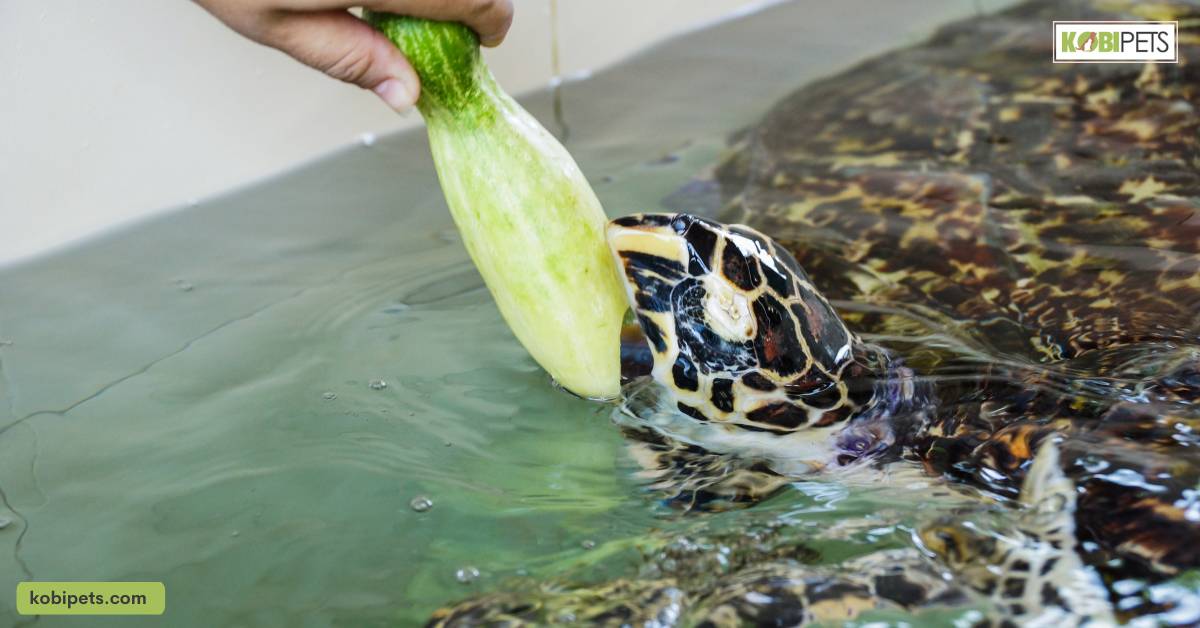
Monitoring water quality
Having a red-eared slider turtle as an aquatic pet can be incredibly rewarding, but maintaining a tank requires close attention to water quality. Monitoring the amperage levels, chlorine and alkaline components, and nitrites and nitrates is essential to creating a healthy environment for your turtle.
Furthermore, regular testing should be done every two weeks to ensure that the water is not becoming toxic from excessive ammonia or other chemical contaminants. Maintaining the correct balance of salt content in the tank is also important for avoiding dehydration for your pet turtle.
To make sure you have the best setup possible, seek out advice from experienced aquarium hobbyists who can provide further insight into the ideal parameters for each element of the tank.
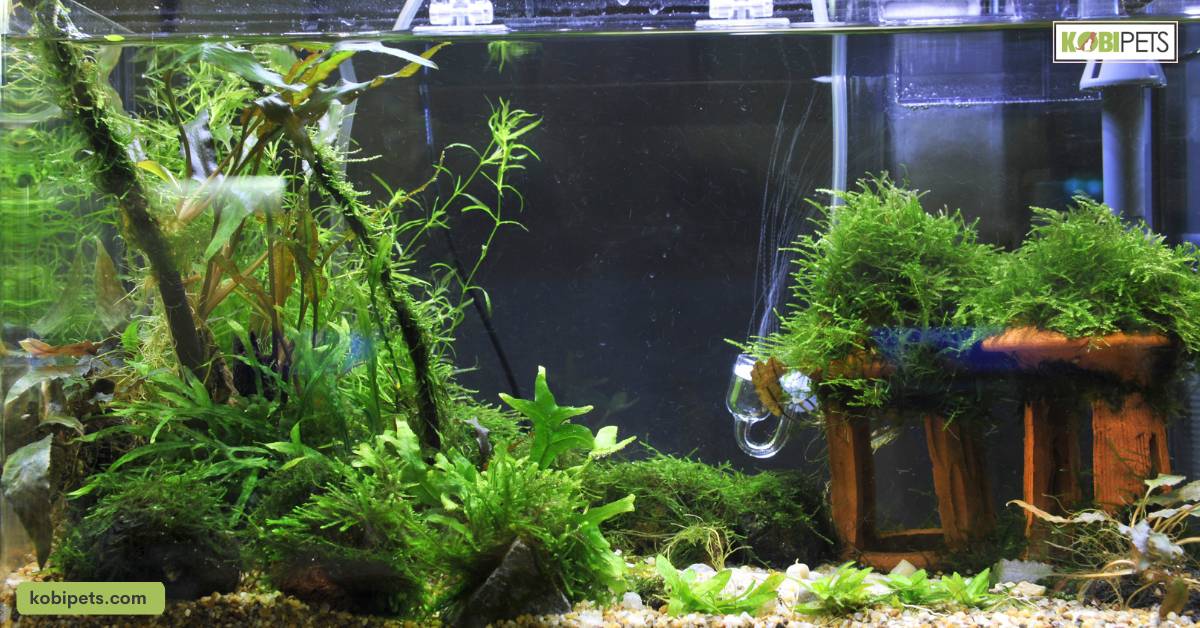
Health concerns
Setting up the perfect habitat for a red-eared slider turtle is incredibly important for their continued health and well-being. Keeping the water clean is paramount, and regular partial water changes should be done once a week in order to avoid water becoming toxic from an accumulation of waste.
Additionally, frequent tank cleanings may be required as turtles are messy eaters and tend to make quite a bit of mess! These tank cleanings help to reduce algae growth, and potentially hazardous buildup of debris and can help keep the environment safe for your turtle.
Regular testing of the pH levels and hardness of the water is also imperative; while they prefer a slightly alkaline environment, it’s important that the levels are not too high or too low. With regular maintenance, you can ensure that your red-eared slider is kept in a safe and healthy environment.
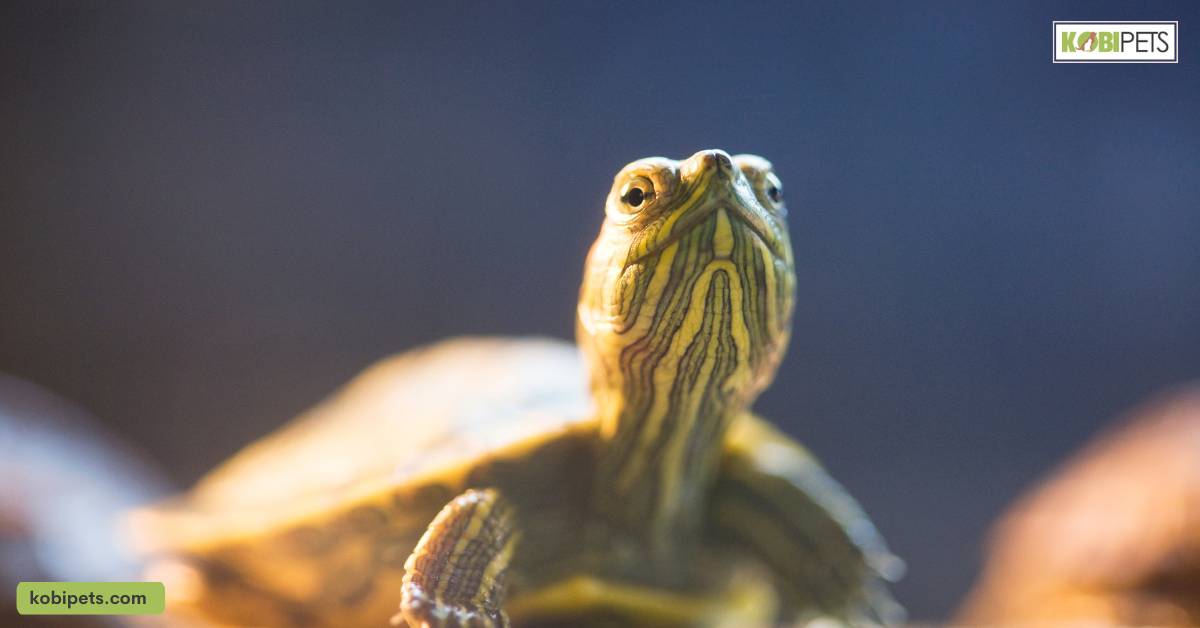
In Conclusion
Once you’ve set up the perfect tank to house your red-eared slider turtle, it is important to monitor their health and well-being. Regular maintenance of the tank, such as weekly water changes and cleaning, is essential in keeping the environment safe and clean for your pet.
Setting up a suitable habitat with plenty of hiding spots, basking areas, and live plants can make the tank more welcoming and attractive. Further, providing them with a balanced diet containing commercial food and supplements will promote growth and overall health.






